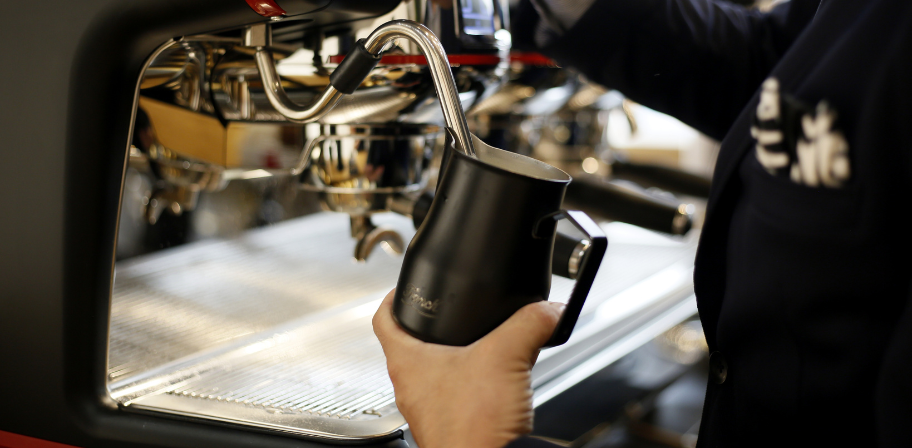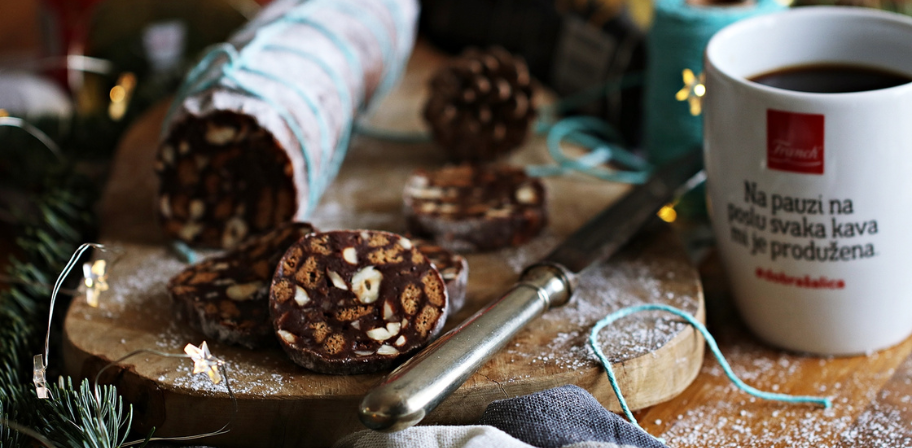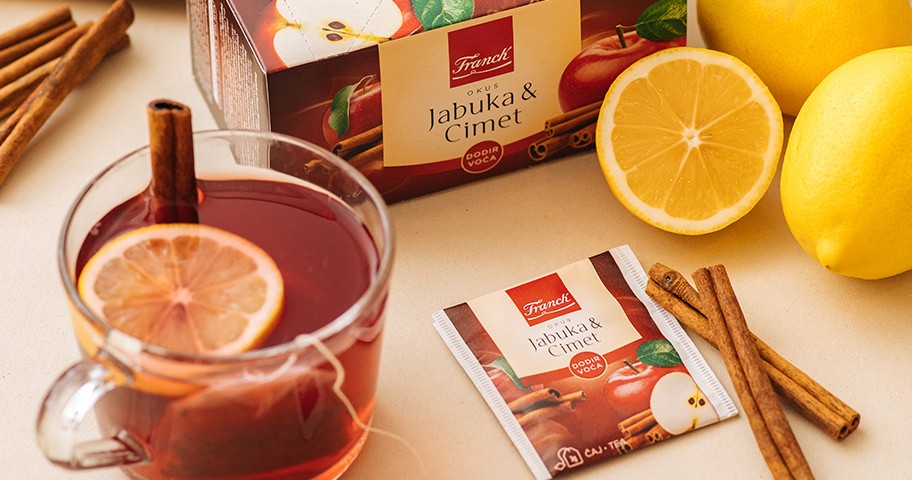Dostava je BESPLATNA za sve narudžbe iznad 30,00 EUR
World of coffee and tea
How milk influences the taste of coffee
Autor: Franck d.d.

In Croatia, more than 80% of people enjoy coffee with milk, making milk an integral part of their daily coffee ritual. While many prefer their coffee with milk, not all coffee with milk is created equal. Discover what sets an average cup apart from a perfect one and which types of milk best complement and enhance the coffee’s flavor.
The perfect milk foam
When you sit down in a café and order a coffee with milk, you can often tell what to expect just by looking at it. Although many refer to it as "foam," true coffee enthusiasts know it’s all about milk crema. Why is this important? When you take that first sip, the milk crema on top is the first thing your palate encounters. If the bubbles are small and the texture smooth, you're in for a treat. Conversely, large bubbles and rough foam not only spoil the appearance but also noticeably detract from the drink’s flavor.
Temperature and creaminess are key
Achieving the perfect milk crema requires the right combination of temperature and texture. For optimal results, milk should be heated to around 65°C (149°F). At this temperature, the proteins in the milk surround the air bubbles, creating a stable and creamy texture. Overheating the milk destroys these proteins, releasing unpleasant odors and diminishing the milk’s natural sweetness.
If the bubbles are too large, the foam too coarse, or the milk too hot or too cold, the coffee will lose that rich, creamy taste we all love. The bubbles should be small, the temperature just right, and the texture creamy. When this balance is achieved, your palate and mind instantly register the drink as delicious. This is why heating the milk to the right temperature is crucial for preserving its rich flavor and texture.

Full-fat or low-fat milk?
A common misconception is that full-fat milk is the best choice for creating the perfect milk crema. While it might seem logical that more fat would result in a richer flavor, too much fat can actually interfere with the structure of the crema. Triglycerides in the milk attack the proteins that form the bubbles, causing the crema to collapse more quickly. Moreover, the higher fat content can mask the coffee’s aromas, robbing you of the nuanced flavors that quality coffee offers.
On the other hand, low-fat milk can create a more stable foam that lasts longer and allows the coffee’s flavors to shine through. For a cup of coffee that's full of flavor, low-fat milk is often a better option.
What about plant-based milk?
For those who prefer soy, almond, oat, or other plant-based milks, the process is a bit different. It’s more challenging to achieve the rich, creamy texture that cow’s milk provides. However, the distinctive flavors of these plant-based alternatives often compensate for the lack of perfect foam. While the texture may not be as silky, you’ll still enjoy a pleasant and aromatic drink. It can also be a fun way to personalize your coffee experience.
Whether you favor classic coffee with cow’s milk or enjoy experimenting with plant-based options, paying attention to the temperature, type of milk, and preparation method is key. Perfect milk crema isn’t just an aesthetic touch to your coffee – it’s an essential element that elevates the coffee-drinking experience to a higher level.
Proizvod je uspješno dodan u Favorite.
Proizvod je uspješno uklonjen iz Favorita.
Promo kod uspješno primjenjen.




